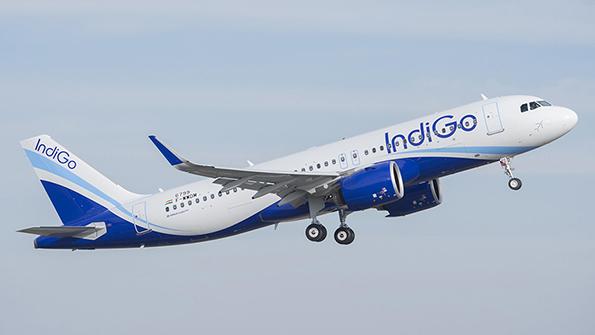
This year is shaping up to be one of significant transition for Pratt & Whitney’s geared turbofan (GTF) program, as nagging reliability issues that have plagued the fleet may finally be put to rest and the engine’s lucrative aftermarket potential begins to move the company’s bottom line.
Four years after delivery of the first GTF-powered aircraft, a Lufthansa Airbus A320neo with PW1100G-JMs, the engine family’s level of regularly scheduled MRO demand remains low. But executives at Pratt parent UTC pointed to early GTF shop visits as a welcome tailwind in late 2019, helping offset expected declines in legacy Pratt models. Before the novel coronavirus-related decline in air transport flying rendered 2020 guidance meaningless, Pratt was projecting a mid-single-digit rise in commercial MRO work. IAE V2500 demand was expected to be the main growth driver, but the company highlighted the GTF and its initially light shop visits as a contributor during a late January earnings call.
The ramifications of the virus and the COVID-19 illness it causes will almost certainly include flipping the global air transport MRO business from a trend of growth to contraction—at least for this year. For Pratt, idled customer engines provide opportunity to roll upgrades into the fleet that will address remaining reliability issues that have plagued multiple members of the PW1000 family since their service entry.
Most pressing is a PW1100G-JM turbine blade upgrade to guard against blade fractures that have been linked to numerous in-service incidents and inflight engine shutdowns.
Operators reported 57 instances of low-pressure turbine (LPT) third-stage blade fractures from January 2017 to November 2019, with 28 linked to seals wearing, fracturing and releasing debris that struck and damaged the titanium-aluminum blades. Pratt developed a more durable blade using a nickel-based alloy and is both replacing in-service parts and installing them in new engines. The FAA mandated the blade upgrade in a November 2019 directive, giving operators one year to comply.
But at least a dozen more failures have occurred since last November, prompting Pratt to revise its inspection recommendations in a February service bulletin calling for borescope inspections of turbine piston seals on engines with the original blade configuration. The FAA’s order, which the European Union Aviation Safety Agency (EASA) adopted, is based on the bulletin.
“Pratt & Whitney’s service bulletin and the related FAA mandate require inspections as a mitigation measure while we upgrade the low-pressure turbine (LPT) in the PW1100G-JM fleet to the latest configuration,” the company said. “The closing action for these inspections is the LPT upgrade, which is already certified and is incorporated in all new production engines and during planned maintenance visits.”
The problems have hit Indian carriers particularly hard due to a combination of the operating environment and certain high-thrust flight profiles. Following four inflight shutdowns within a week in November 2019, India’s Directorate General of Civil Aviation (DGCA) ordered IndiGo Airlines to ensure its entire fleet of PW1100G-JMs contain the new LPT by Jan. 31. The DGCA later revised the deadline to May 31.
Pratt, Airbus and Indigo proposed a revised deadline of July 1, but the DGCA pushed for a month earlier. The FAA has ordered all engines to have modified blades by mid-December, while EASA has issued a de-pairing mandate.
“We’re doing some accelerated inspections and accelerated retrofit to get the older design blade out of the fleet,” UTC President Greg Hayes said. “That will happen mostly in India in the first half of the year, and we’re monitoring it around the rest of the world. The [fleet-wide] retrofit is going to take through the end of this year to complete.”
Two other reliability-linked retrofit programs—the auxiliary gearbox and combustor liner—are also progressing. An upgraded, fourth-generation combustor liner is due out around midyear, Pratt says.
Meanwhile, production is rising. Pratt boosted year-over-year GTF production 20% in 2019 and was projecting a similar jump in 2020 before the pandemic set in. The company does not break down its large commercial engine deliveries by model, but Aviation Week’s Fleet Data Services showed 1,400 in service as of late March and 4,090 more on order. Aviation Week’s forecast projects the in-service fleet will surpass 4,500 in 2025 and will top 5,800 in 2030.
A320neo-family aircraft are forecast to still be dominating the fleet in a decade, with about 70% of the installed base. PW1500G-powered A220s are expected to have about 20% of the market, followed by Embraer E190E2s with PW1900Gs at 11%. A remaining sliver is made up of PW1400Gs powering Irkut MC-21s and PW1200Gs installed on Mitsubishi SpaceJets.
